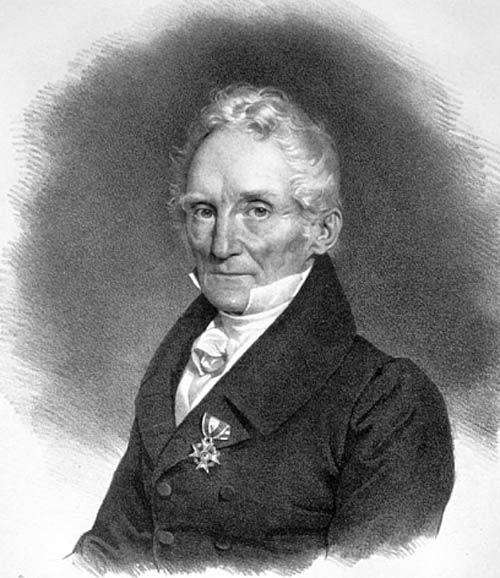Researchers in Moscow have developed a new method of synthesizing a material that far exceeds the hardness of a diamond. Ultrahard fullerite, which is composed of spherical molecules made of 60 carbon atoms, is so extraordinary that it has no place on the Mohs scale of mineral hardness.
For hundreds of years, diamonds have been celebrated as the hardest substance known to man. In fact, when German geologist Frederich Mohs designed his hardness scale in 1812, diamond was positioned at the top with the maximum rating of 10. It was believed that the only thing that could scratch a diamond was another diamond.

Now, 200 years later, scientific breakthroughs are changing the way we look at ultrahard materials.
When subjected to the Vickers hardness test (which basically analyzes what materials are hard enough to dent others), fullerite was able to leave an impression in the surface of a diamond. While natural diamond has a hardness value of nearly 150 GPa (gigapascals), fullerite boasts values that range from 150 to 300 GPa, according to sciencedaily.com.
So, if fullerite is now the world's hardest material, might it usurp diamond as the most coveted bridal gemstone of future generations? The short answer is “unlikely.” There is no indication that fullerite could be faceted like a diamond or that its optical properties — such as its refractive index or dispersion — would yield the brilliance of a diamond.
Researchers from the Technological Institute for Superhard and Novel Carbon Materials (TISNCM) in the town of Troitsk, Russia, see fullerite as a valuable material for industrial applications, primary in the field of metals and other materials processing.
Currently, industrial-grade diamonds can be used to polish, cut or wear away almost any material. They are vulnerable and show greater wear, however, when working on ferrous metals at high temperature because carbon is soluble in iron. Fullerite promises to be a viable alternative. Very simply stated, the harder a tool is, the longer it will work.
(Diamond indent image: Courtesy of Moscow Institute of Physics and Technology; Frederich Mohs: Wikimedia Commons; Drill bit: Wikimedia Commons; Diamond: uncredited; Molecule rendering: University of Amsterdam)
No comments:
Post a Comment